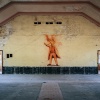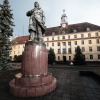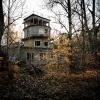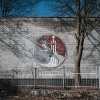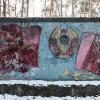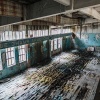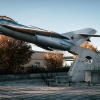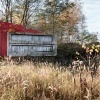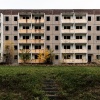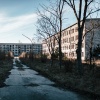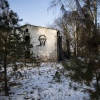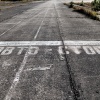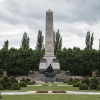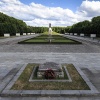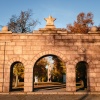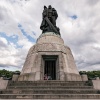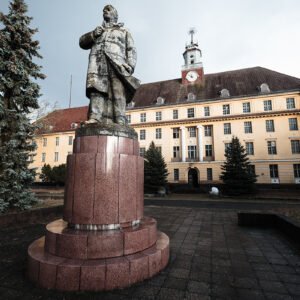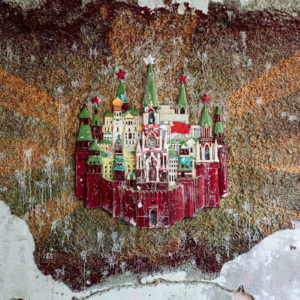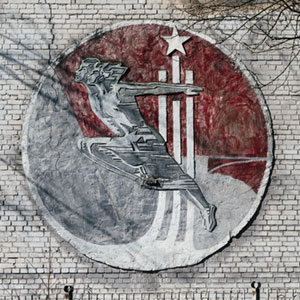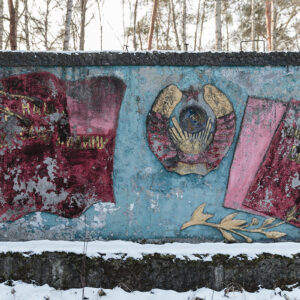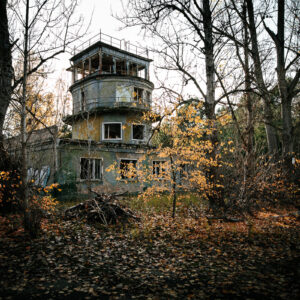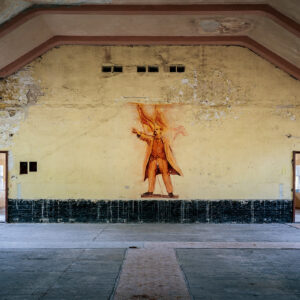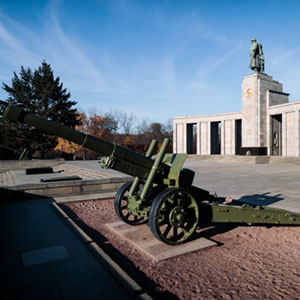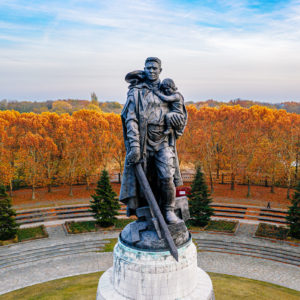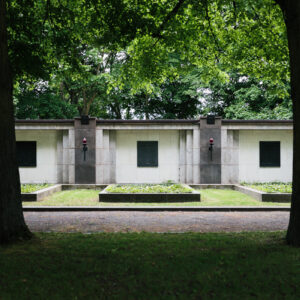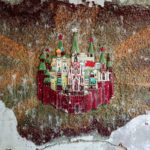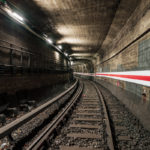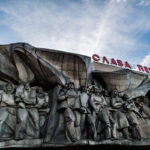East Germany’s Soviet Heritage
Background, thoughts and summary dossier of my photo series “East Germany’s Soviet Heritage”. Some members of the western hemisphere may misinterpret my photo series “East Germany’s Soviet Heritage”, because they only distinct digitally between good and evil. Demonization, propaganda and transfiguration poison today’s climate as much as they did back then. As a self-reflective person, I am interested in history, and therefore logically also in the history of Soviets in the GDR. This history is unique and was – whether I want it or not – part of my own growing up.
It is quite shattering and eerie t to get to know afterwards that in Vogelsang, being located only some 80km far away from where I grew up, nuclear missiles pointed to the west. Vogelsang wasn’t the only place with special weapons as even in my lovely little Rüdersdorf the Soviet’s deployed death-bringing SS-1b and SS-1c missiles, better known as SCUDs, being operated by 452th detachment of 27th ballistic missile brigade back in the days. Deadly? Yes, deadly, because my little Rüdersdorf automatically became target of the West, for the sake of a logical, potential (nuclear?) counterstrike.
I would have never thought about that when our Socialist school classes celebrated friendship in Old Rüdersdorf, at the Soviet base…
Fortunately there are plenty of places left not being dedicated to assault or defence, but for commemoration. Their typical Soviet or Communist iconography stands for a universal and noble message to all humans.
Never ever war! – the most essential message of my photo series
When editing out any hegemony then we East Germans were part of a pretty special part of human history, a story without Starbucks, McDonalds & Co. The people of East Germany didn’t take the streets back in 1989 for instant soups, bananas and fattening candies, but to breast an incapacitating and humiliating system; to change or disempower it. The success of 1989 was the beginning of the end and the actual root of my decay displaying photo series. No system, no regime, no empire lasts forever!
New hegemonial presumptuous attempts to establish an empire are already looming at the horizon trying to have their foot in our door. US military bases on German territory, where death-bringing drones get operated from, as well as secret torture prisons where innocents get detained, have the very same character like Stasi repressions and Soviet SCUD missiles in the forest of Rüdersdorf.

